
They shot down 61 drones last night but one of their own fighter aircraft dropped from the sky. Russian air defense missiles mistakenly killed a Su-30SM in occupied Crimea amid a swarm of nocturnal Ukrainian drone raids, highlighting the tech and operational pressures of withstanding saturation attacks. According to the Ukrainian Navy spokesperson, Dmytro Pletenchuk, “They were defending against Ukrainian attacks so aggressively that they killed their own airplane over Crimea today.” Intercepted transmissions showed both engines engulfed in flames before the crew bailed out and survived.
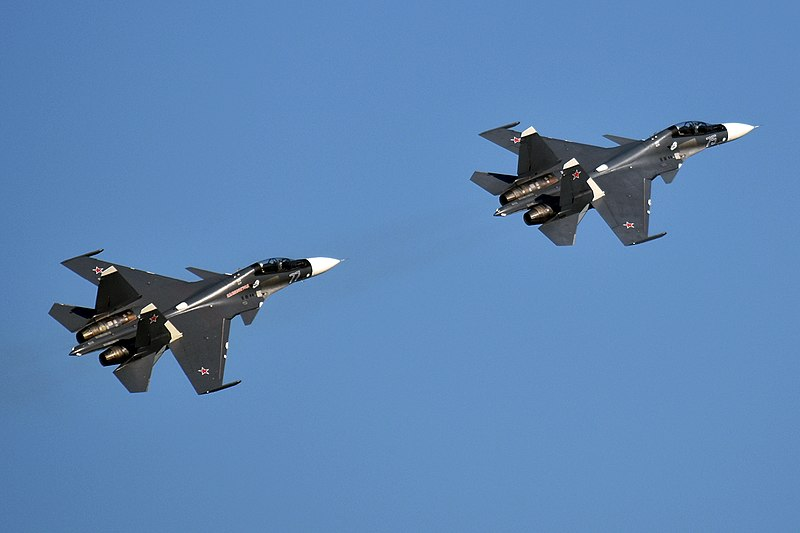
1. The Su-30SM Shortfalls in Air Defense
Su-30SM is a multirole twin-engine fighter with the latest radar and electronic warfare technology. The reason it got under friendly fire reveals the weakness for Russian Identification Friend or Foe (IFF) protocols under saturation engagement scenarios. The present air defense radars are unable to discriminate under cluttered environments between approaching drones that are flying at very low altitudes and friendly aircraft, especially when a number of targets are entering the space at the same time. Saturation attacks force the operator to choose quickly to attack, ratcheting up the risk for misidentification.

2. Ukrainian Attacks on Hvardiiske
Hvardiiske, central Crimea, was the site for the evening event. The massive oil depot for the chain of gas stations ATAN, belonging to Kedr LLC was set on fire. The depot contains eight major and six minor fuel tanks and is an ideal logistical hub. Its proximity to the Russian airbase and storage sites for drones also made it a very attractive high-payoff target. Hvardiiske is the departure point where Russian military deploys Shahed drones designed in Iran to Ukraine. The site is both a fuel node and a drone launching point.
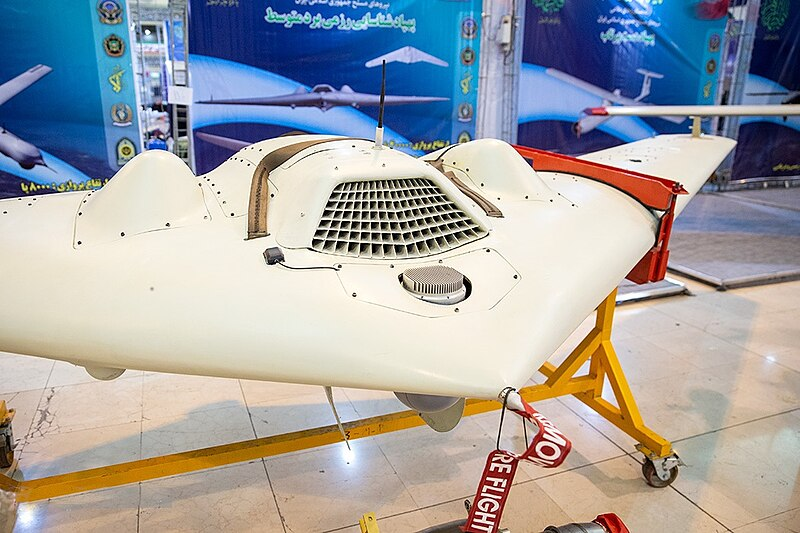
3. Shahed Drone Capabilities and Use
Shahed drones, once built in Iran but now mass-produced in quantities in Russia, are priced $20,000–$50,000 per drone with smuggled Western components and Chinese-imported units. Their 2,000-km-plus ranges are accomplished with newer models, for example, the jet-propelled Geran-3, with 550–600 km/hr speed. Russian strategy is to overwhelm the air defense of Ukraine with sheer numbers sometimes over 1,000 per week burning up precious interceptors or resorting to electronic attack to foil accuracy.
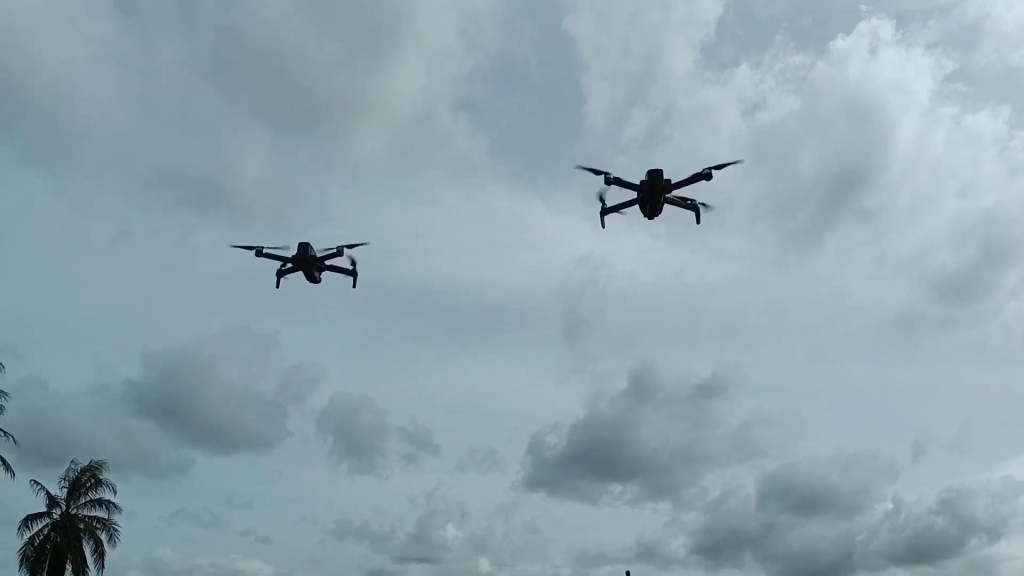
4. Saturation of Air Defense and Friendly Fire Threat
Drone swarms are especially vexing for radar and missile batteries. Extremely low radar cross-sections, unintuitive flight trajectories, and the use of decoys can saturate radars. In such situations, IFF systems are unable to prevent fratricide. The loss of the Su-30SM likely came about due to target confusion with simultaneous engagements over the Crimean Peninsula and the Black Sea. Russian air defenses credited 38 drone kills for the night in the area, but the loss of a very pricey fighter exposes the asymmetry between defense against very cheap drones and the maintenance of very pricey assets.

5. Vulnerability of Fuel Infrastructure
Petroleum depots are necessarily subject to air attack. Bulk storage tanks, pumping terminal stations, and pipeline junction points are not easily hardenable against precision bombing. The fire at Hvardiiske extended to several tanks, resulting in a heavy plume of smoke that was seen at Simferopol. The closure of these kinds of facilities endangers fuel distribution lines to armored units and the Navy. The Feodosia oil terminal, with a 250,000-ton fuel storage capacity, has been damaged previously, and it left Russian forces unable to support an operation south of Ukraine.
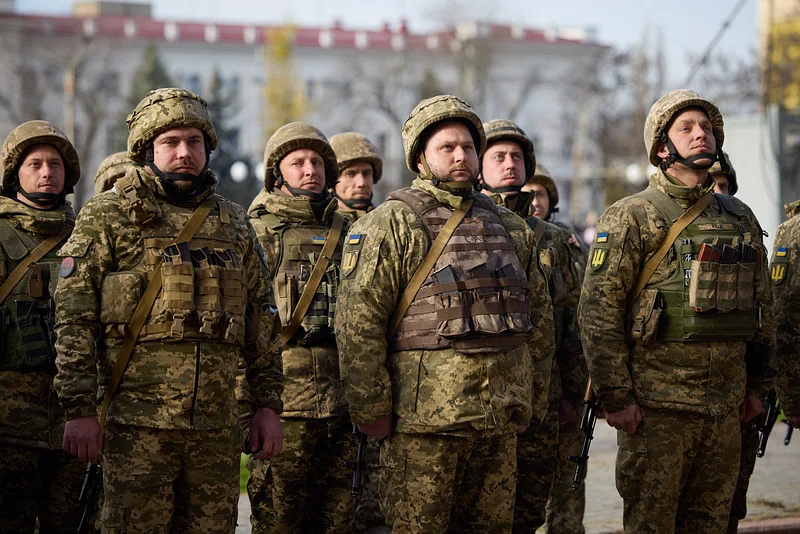
6. Strategic Impact for Russian Logistics
Crimean fuel shortages translated to rationing only 20 liters per vehicle and high costs. Such constraints hamper tempo of operations, restrictions on training maneuvers, and fuel priority for frontline units and the areas at the back. Specialists point to the fact that fuel is the very “lifeblood of the army,” and any disturbance here is prone to incapacitating offensive power. The raids at Hvardiiske and Feodosia are part of the large-scale strategy pursued by the Ukrainians to disable the Russian military-economic potential.

7. Ukrainian Technological Adaptations
Ukraine has blended acoustic sensors, radar networks, and its DELTA command system to detect and respond to drone raids. The systems facilitate interoperability with mobile air defense units, electronic warfare, and air interceptions. Innovations for Kyiv aim to achieve minimal cost for interception to counter Moscow’s attrition strategy. The same level is also applied to offensive raids, with synchronized swarms of drones blasting open defenses around critical infrastructure.

8. Russian Countermeasures and Their Limits
Russia redeployed Pantsir-S1 air defense systems on higher platforms to boost detection range, yet the Ukrainian drones are still breaching through. The cost asymmetry remains dramatic: it is not tenable in the long term to counter a $30,000 drone with several hundred thousand dollars’ worth of missile. The friendly fire incident above Crimea is a bitter lesson that even state-of-the-art systems are destined to fail under the weight of massed, cheap threats.
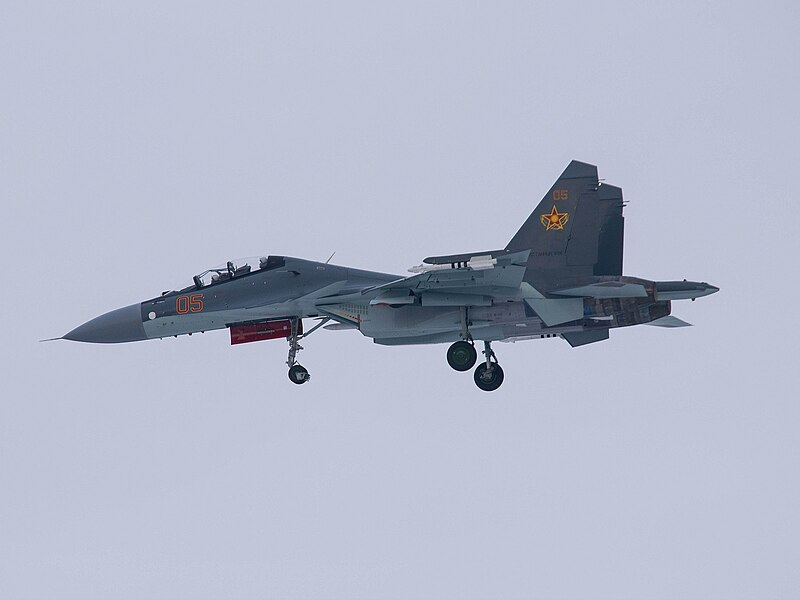
The night’s developments militating the destruction of a strategic fuel depot, the loss to friendly fire of a frontline fighter, and ongoing drone saturation underscore the dynamic shift the Russia-Ukraine war is experiencing. They demonstrate both the power of Ukraine’s deep-strike capability and the weakness of the Russian defense network’s layers when faced with repeated, low-priced airborne threats.


